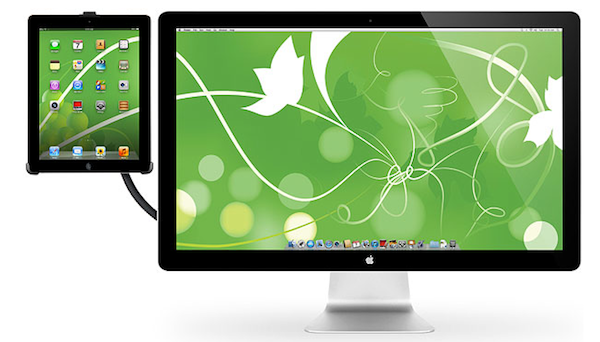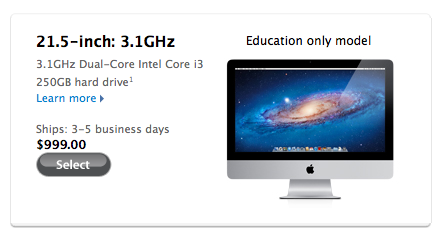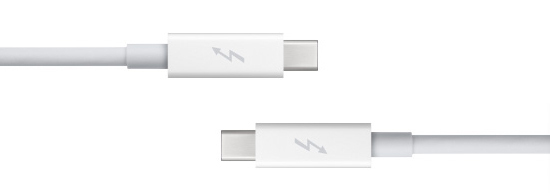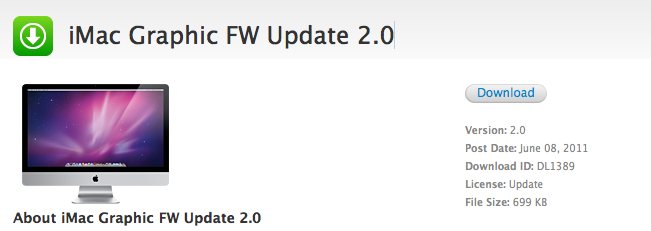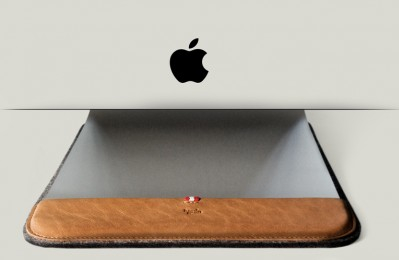Those who have been Mac users long enough to remember the good old lampshade iMac and happen to have made the transition to newer, slicker aluminum models from the past few years might want to take a look at Twelve South’s latest product, the HoverBar. Meant to be used on an iMac-powered desk and available today at $79.99, the HoverBar is a flexible L-shaped arm that connects your iMac to an iPad; you’ll be able to turn your tablet into a secondary screen with iOS apps that support Lion’s multiple displays, a touch-based dashboard for your Twitter feed or RSS, or just about anything else you can come up with thanks to the plethora of apps available on the App Store.
HoverBar can be used with an iPad 2, iMac, or an Apple external display, and Twelve South says it can also be installed independently as, for instance, a kitchen mount. Obviously, the silicone lined clamp of HoverBar will work best when directly attached to an iMac, as it seems like Twelve South really wanted to place this product as a desktop Mac companion to achieve an iOS/OS X workstation worth of Apple’s design polish.
HoverBar turns iPad into the ultimate sidecar for an iMac or Apple display, presenting more ways to use iPad more often. Connect HoverBar to your Mac, snap iPad 2 into the secure clip and you now have one powerful dual-computer work setup. Having iPad floating next to your Mac allows you to monitor your Twitter stream, stocks and local weather – or run FaceTime on your iPad while you email, edit a file, or cut a video on your Mac. There is no reason to leave iPad in your computer bag when you have a HoverBar. This accessory expands the way you use and interact with iPad 2.
The HoverBar’s flexible arm allows you to place the iPad both in portrait and landscape orientation, and whilst some might argue that reaching out with your arm to touch an iPad can be uncomfortable over time, I actually believe there is a market for iOS desktop accessories that enable you to enjoy the rich selection of iPad apps when using a Mac at your desk. Plus, Twelve South’s promo video (which we have embedded after the break), shows some interesting additional usage scenarios for the HoverBar, such as attaching it to a desk and use it with AirPlay Mirroring to an Apple TV, or mounted on a bed for hands-free reading. I look forward to getting one of these things and see if it’ll turn out to be weird, or incredibly useful. Either way, it’s a very interesting product decision from Twelve South.
The HoverBar is available at $79.99 from Twelve South’s website. Read more


